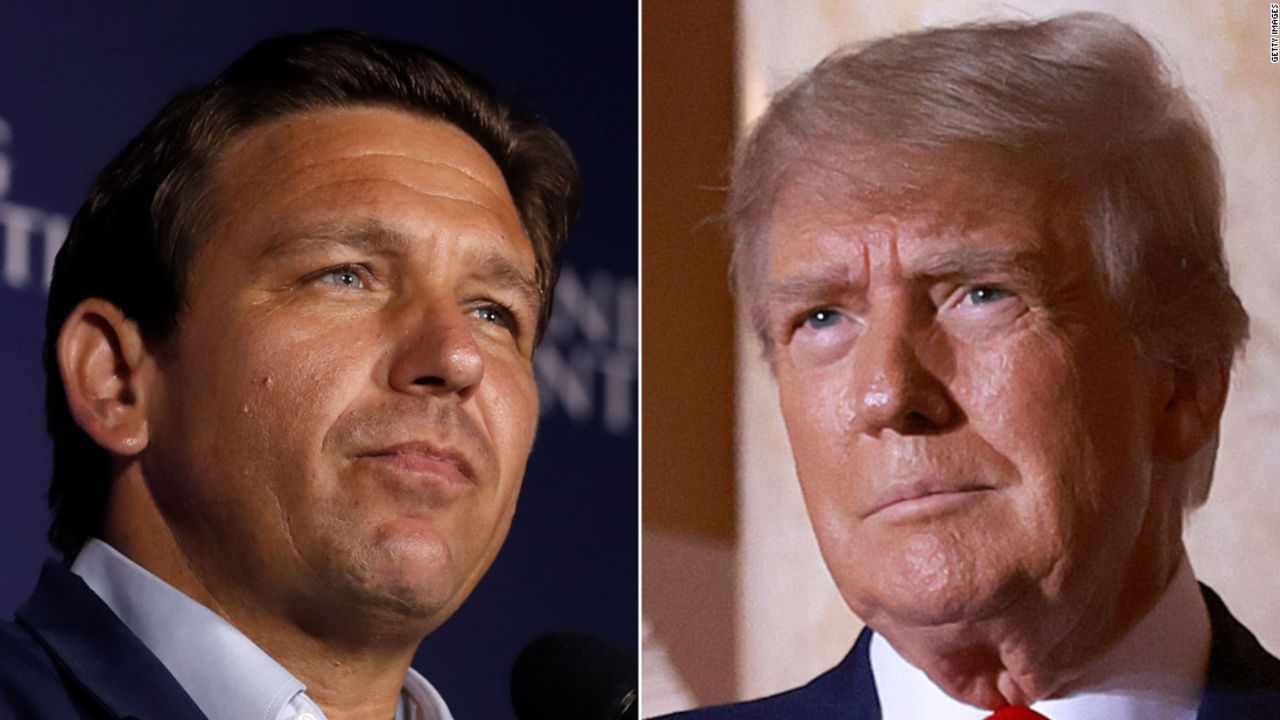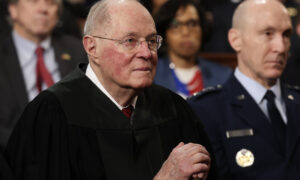According to polls, the 2024 Republican primary will be a battle between former President Donald Trump, Florida Gov. Ron DeSantis, and everyone else. Candidates in the “everyone else” category include former UN Ambassador Nikki Haley, who appears eager to enter the race despite polling in the single digits.
But, if Trump and DeSantis are the front-runners, what are the chances that one of these low-key contenders (such as Haley or former Vice President Mike Pence) would win the nomination?
It’s not insignificant, but the odds obviously favour either Trump or DeSantis becoming the GOP nominee in 2024.
Trump (in the low 40s) and DeSantis (in the low 30s) are both polling above 30% nationally, with no other contender reaching double digits.
In the modern primary era, just a few candidates have polled above 35% on average in early polls (January to June the year before the primary) (i.e., since 1972). The majority of them went on to earn the nomination.
Most political junkies are familiar with the two who did not: Democrats Ted Kennedy in 1980 and Hillary Clinton in 2008. The other six (excluding mostly unopposed incumbents) each became their party’s nominee, implying that 75% of candidates polling at 35% or higher won their primary.
Importantly for this year, Kennedy and Clinton did not lose to candidates who had low early polling numbers. Both final nominees (President Jimmy Carter in 1980 and Barack Obama in 2008) polled above 20% from January through June of the preceding year.
Indeed, since 1972, 40% of eventual nominees in tight primaries polled in the 20% to 35% range, with now-President Joe Biden being a recent example.
Wishes for ‘everyone else’
Is this to say that everyone in the “everyone else” group (those polling in the single digits) is doomed from the start? Not quite.
For one thing, history does not always predict what will happen in the future.
Furthermore, there have been single-digit candidates in early polling who went on to win the nomination. Trump was among them. Remember that he struggled to reach 5% in early 2015 before establishing a national polling lead that he seldom relinquished throughout the primary season.
Trump was not the only contender who polled in the single digits early on before going on to win his party’s nomination. In the months leading up to the primaries, George McGovern in 1972, Jimmy Carter in 1976, Michael Dukakis in 1988, and Bill Clinton in 1992 all barely registered in the national polls.
Overall, five of the 17 candidates that won nominations without an incumbent standing in the primary (i.e., 30% of them) polled below 10% in early surveys.
A two-pronged issue
Nonetheless, single-digit contenders face a double challenge this time.
The first is that in early surveys, most contenders poll below 10%. While it would not be surprising if one of these candidates won the nomination, the likelihood of any single candidate doing so is minimal. Historically, less than 5% of candidates polling in the single digits at this point get elected.
The second point is that it’s worth looking at years where early single-digit contenders emerged as ultimate winners.
Carter, Dukakis, Bill Clinton, and Trump all ran in years when there was no polling front-runner (or front-runners). In each of those cycles, the leading candidates in the national primary polls received 20% or less of the vote. In 1992, the early polling leader was New York Gov. Mario Cuomo (at 20%), who did not run.
Of course, there has been an exception.
McGovern won the Democratic nomination in 1972, when two contenders polled in the low 20s and one in the low 30s in early polls. I’m not sure how relevant the 1972 cycle is to 2024, given that it was the first year of the current primary era, when it wasn’t clear how early-state momentum could influence the nomination process. Nonetheless, McGovern’s victory is remarkable.
Another major rise in polls occurred during the 1984 Democratic primary. Gary Hart received less than 5% of the vote in national polls in either the first or second half of 1983. The Colorado senator trailed the eventual nominee (former Vice President Walter Mondale), who polled in the 30s in the first half of 1983 and in the 40s in the second half.
While Mondale eventually won, Hart ended in second place. In 1984, a much-hyped contender (Ohio Sen. John Glenn) polled above 20% in early polling, similar to DeSantis in 2024. Glenn, of course, blew up.
Again, I’m not comparing DeSantis to Glenn. My guess is that the GOP nominee in 2024 will be either DeSantis or Trump.
But, while Trump or DeSantis are the odds-on favourites for the nomination, there is enough history of low-polling candidates subsequently acquiring traction to be open to the thought that Haley, Pence, or someone else may, at the very least, make things interesting come election day.









